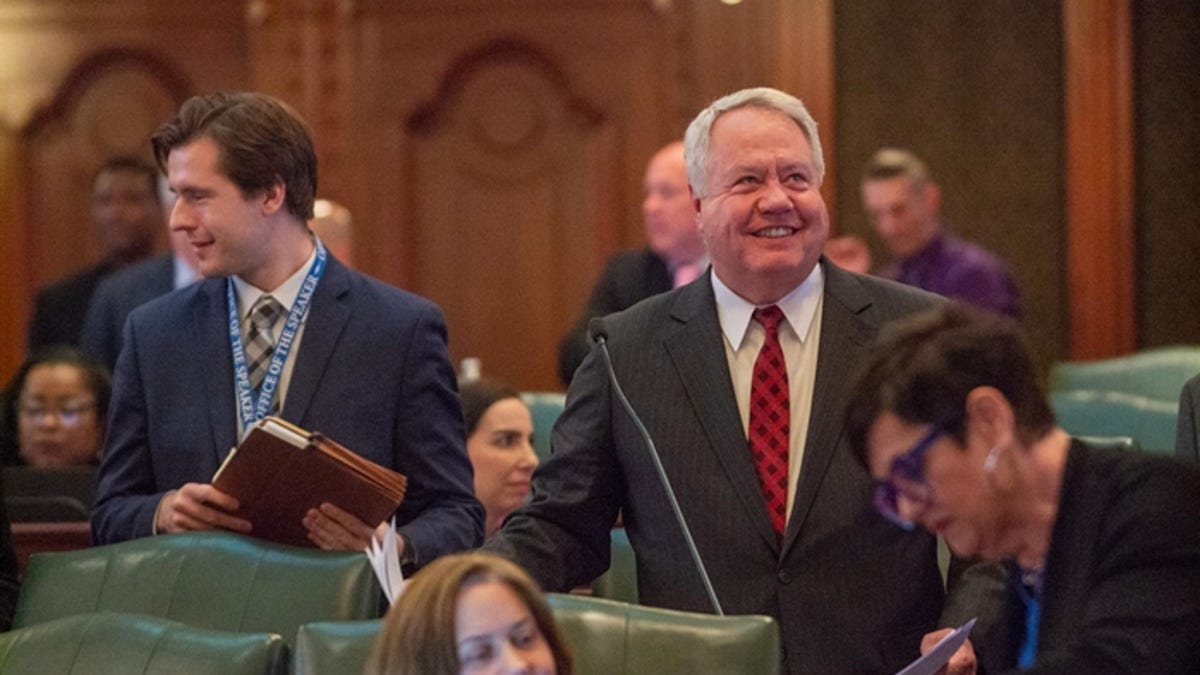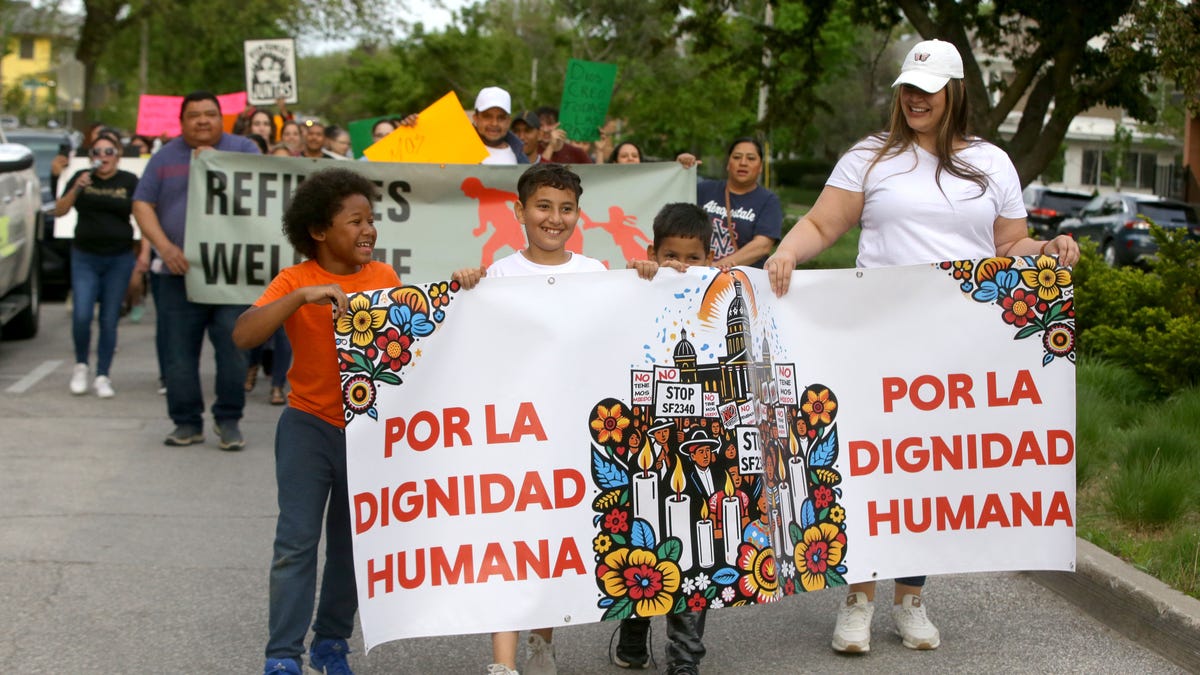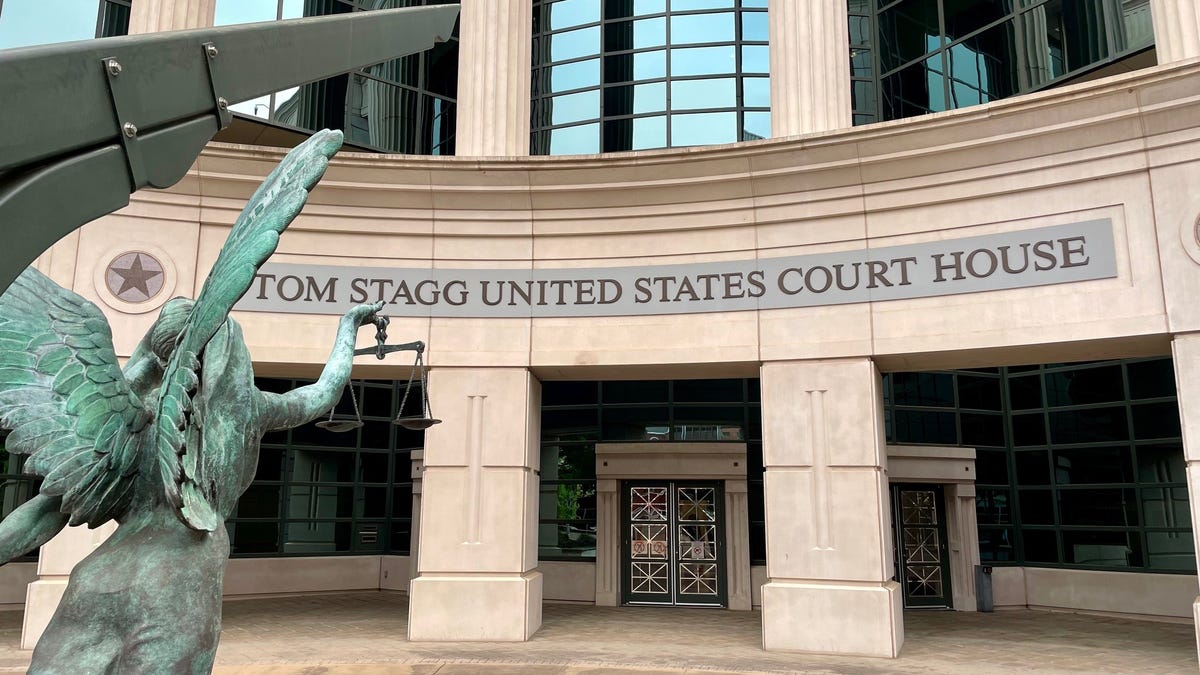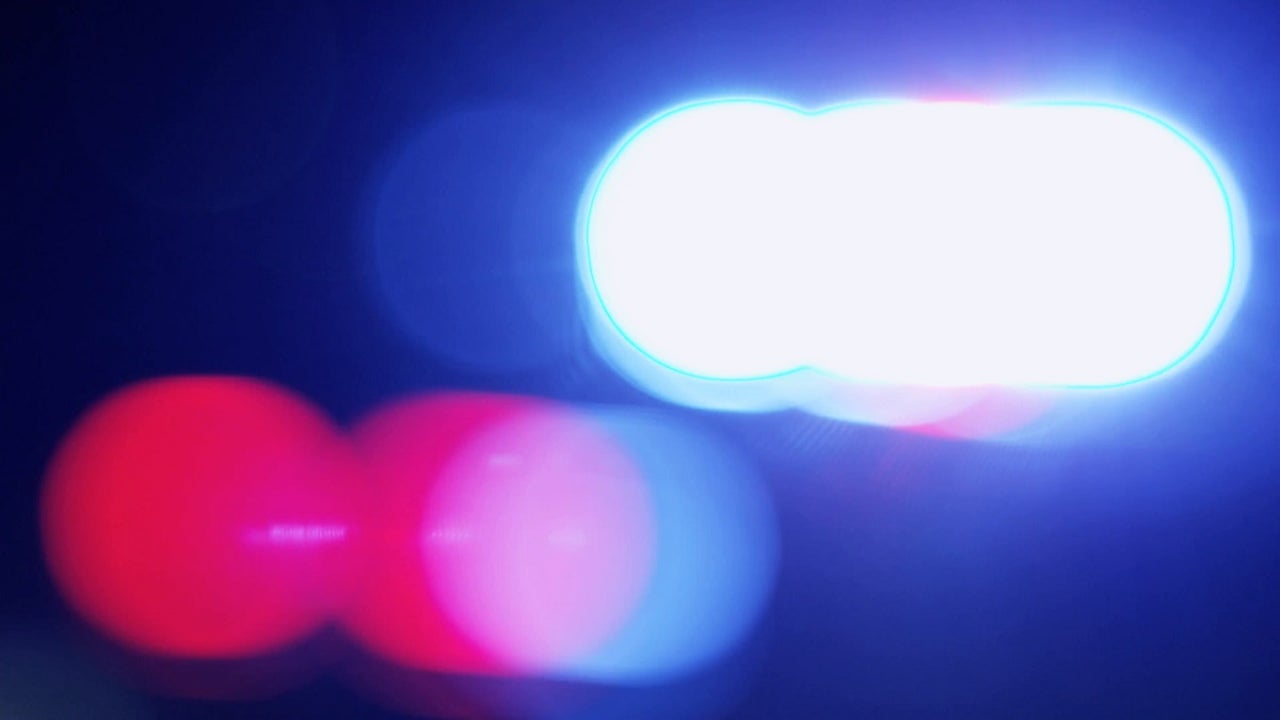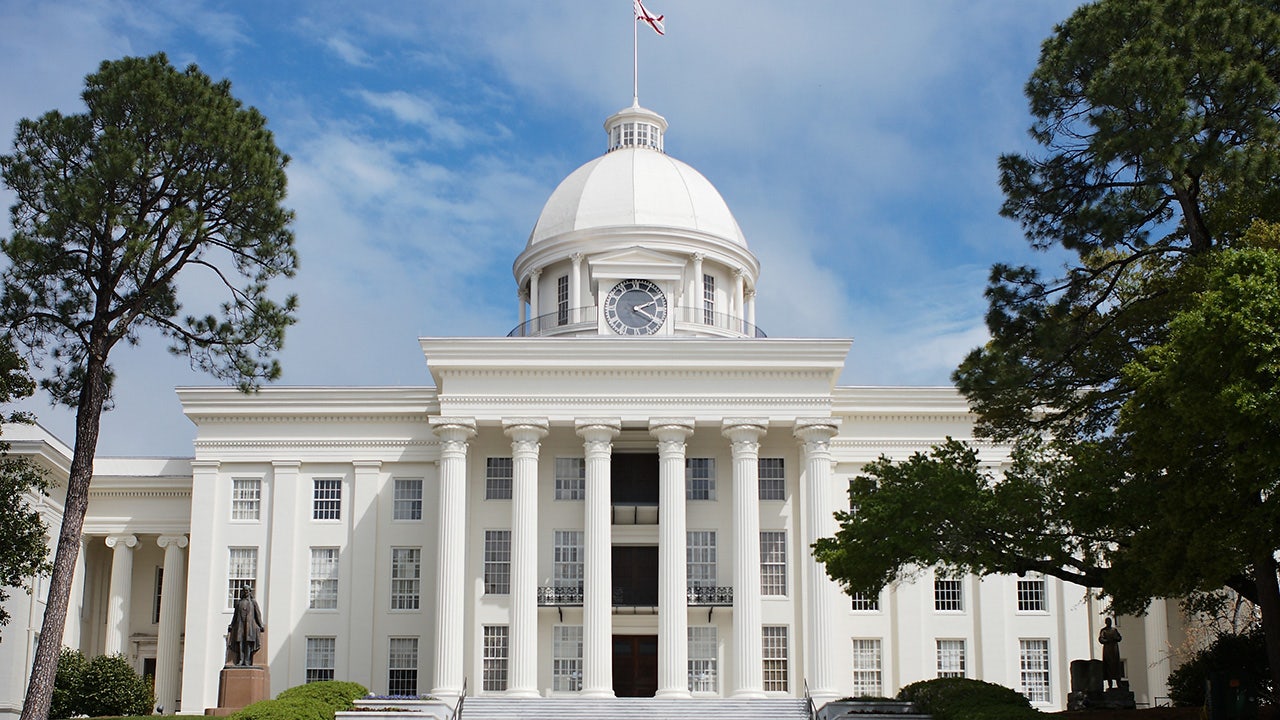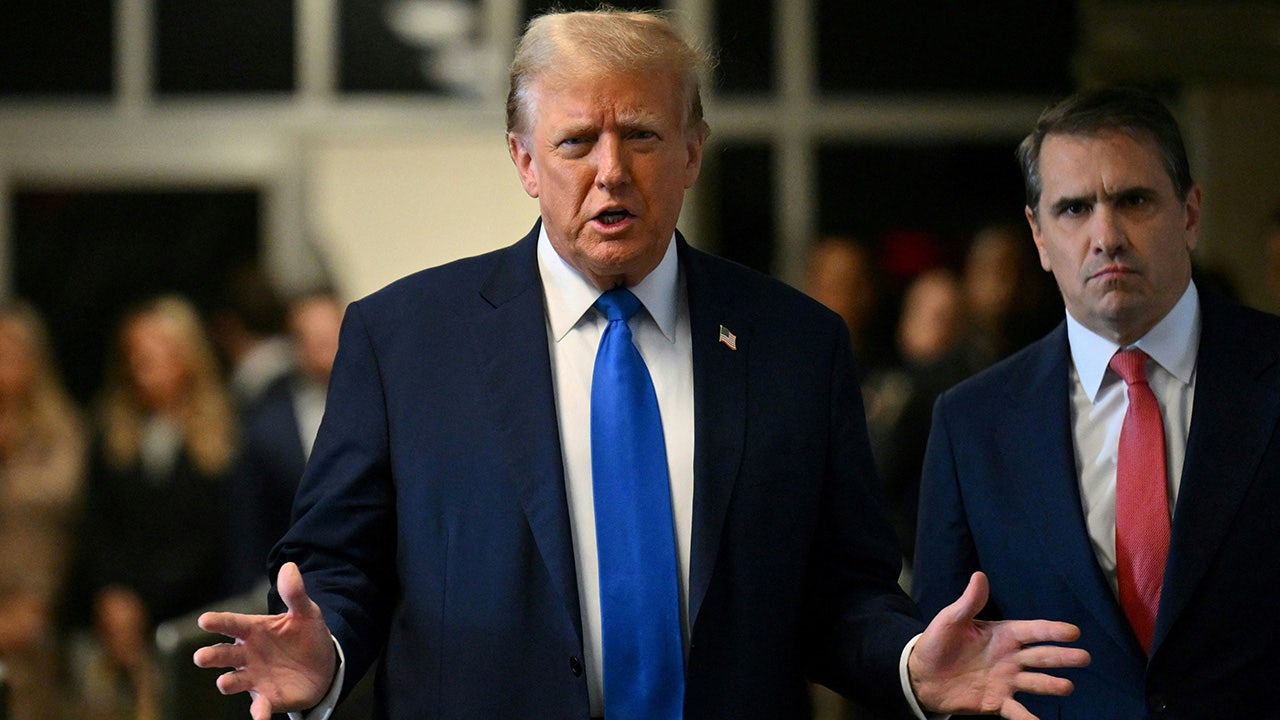Indiana
Changes to Indiana antisemitism bill drains support from many in Hoosier Jewish community – Indiana Capital Chronicle

A major change to a bill that would define and ban antisemitism at Indiana’s public education institutions led to a reversal of support and opposition among those who testified on the proposal at the Statehouse Wednesday.
In contention is the removal of a definition of antisemitism adopted by the International Holocaust Remembrance Alliance (IHRA), which was included in the original version of House Bill 1002.
The IHRA’s “working definition” includes contemporary examples of antisemitism, like “denying the Jewish people their right to self-determination by claiming that the existence of a State of Israel is a racist endeavor,” and “holding Jews collectively responsible for actions of the State of Israel.”
Lawmakers in the Senate education committee amended the legislation on Wednesday to remove mention of IHRA and its examples of antisemitism, however. The newest draft of the bill instead defines antisemitism as “a certain perception of Jews, which may be expressed as hatred toward Jews.”
The measure was unanimously approved by the committee and now heads to the Senate floor.
“We’ve made some changes to try to ensure that we’re not referencing outside entities, but that we’re making the definition our own in the code, and the bill really tries to strike a balance of not impeding on any free speech, but just saying if we fund state education, we want that education to reflect our values as a body,” said Rep. Chris Jeter, R-Fishers, who authored the priority measure for the House GOP caucus.
“We wanted to be careful about referencing sort of outside groups, because if their definition changes, we don’t want anybody to impose that ours is supposed to be changed,” he continued.
But numerous members of Indiana’s Jewish community said they can’t support the bill unless it codifies the IHRA definition into state law.
“I’m extremely disappointed that the amendment that passed did not include reference to the IHRA statement. This essentially gutted the bill we wrote, and now leaves Jews without equal protection,” said Allon Friedman, president of the Jewish Affairs Committee of Indiana, which helped craft the bill. “This is essentially abandonment of the Indiana Jewish community and unwittingly rewards our enemies. … The Jewish community is absolutely united on this issue — we do not want the bill without IHRA.”
What is the IHRA definition?
Indiana law already bans discrimination on the basis of race and “creed,” which means religion. The legislation specifies that antisemitism — bias against Jewish people — is religious discrimination and is not allowed within the public education system.
The definition approved by the Senate committee is part — but not all — of IHRA’s overall definition of antisemitism.
By removing reference to IHRA, the bill excludes the alliance’s examples of contemporary antisemitism that would have also been outlawed in Indiana, including:
- Calling for, aiding, or justifying the killing or harming of Jews in the name of a radical ideology or an extremist view of religion.
- Making mendacious, dehumanizing, demonizing, or stereotypical allegations about Jews as such or the power of Jews as collective — such as, especially but not exclusively, the myth about a world Jewish conspiracy or of Jews controlling the media, economy, government or other societal institutions.
- Accusing Jews as a people of being responsible for real or imagined wrongdoing committed by a single Jewish person or group, or even for acts committed by non-Jews.
- Denying the fact, scope, mechanisms (e.g. gas chambers) or intentionality of the genocide of the Jewish people at the hands of National Socialist Germany and its supporters and accomplices during World War II (the Holocaust).
- Accusing the Jews as a people, or Israel as a state, of inventing or exaggerating the Holocaust.
- Accusing Jewish citizens of being more loyal to Israel, or to the alleged priorities of Jews worldwide, than to the interests of their own nations.
- Denying the Jewish people their right to self-determination, e.g., by claiming that the existence of a State of Israel is a racist endeavor.
- Applying double standards by requiring of it a behavior not expected or demanded of any other democratic nation.
- Using the symbols and images associated with classic antisemitism (e.g., claims of Jews killing Jesus or blood libel) to characterize Israel or Israelis.
- Drawing comparisons of contemporary Israeli policy to that of the Nazis.
- Holding Jews collectively responsible for actions of the state of Israel.
Jeter filed an identical bill in 2023. It passed out of the House in a 97-0 vote but never received a committee hearing in the Senate, effectively killing the proposal.
He conceded Wednesday “there was some issue with some of those examples,” though.
“Anytime we do lists in bills and legislation, I feel like it gets a little iffy,” he told the Senate committee.
Before the amendment, critics of the proposal maintained it limits free speech and suggests criticism of a foreign government would count as anti-Jewish rhetoric.
More than two dozen people who testified against the original bill emphasized that criticism of the Israeli government does not amount to antisemitism. Some warned of witch hunts under the vague definition.
Many of those issues appeared to be resolved with the updated version of Jeter’s bill.
“Most of our concerns with this bill were related to very specific language that was in there that conflated antisemitism with criticism against the State of Israel. As this amendment stands now, most of those concerns have been addressed,” said Syed Ali Saeed, president of the Indiana Muslim Advocacy Network. “I don’t think the IHRA definition is the best definition. It’s not the most complete, most fluid definition that’s out there.”
Indiana lawmakers move forward with bills to ban antisemitism, expand workforce training funds
Maliha Zafar, executive director of the Indiana Muslim Advocacy Network, added that although the examples in the IHRA definition “undeniably address antisemitic sentiments,” the list is “concurrently overly broad and would have inadvertently stifled legitimate criticism and analysis of Israeli policies.”
Daniel Segal, representing Jewish Voice for Peace – Indiana, said the group “strongly objected” to the IHRA definition’s examples of anti semitism and its “confusing criticism of the State of Israel, and its policies, with antisemitism.”
“We believe that the amendments that have been made render this bill acceptable — the harmful elements have been removed,” Segal said. “The previous bill, we thought, was harmful to our Arab brothers and sisters, and we committed as Jews to ensuring that ‘never again’ is for everybody. And that includes Palestinians. As Jews, that is part of our faith and is part of what we learned from the horrible experience of the Holocaust.”
Jewish community withdraws support
Although originally in support of the bill, many from Indiana’s Jewish community said “hateful” and “harmful” acts of semitism will continue across the state’s colleges and universities unless the IHRA definition is added back in.
“As a Jewish student, we navigate a world where concealing our identity has become a necessity. On a campus where 10 to 12% of students are Jewish, incidents of antisemitism have skyrocketed by over 800%,” said Indiana University junior Kaylee Werner, who is also chair of the school’s Antisemitism Prevention Task Force.
She pointed to vandalism and swastikas “stained” on campus walls, as well as “unfair treatment” against Jewish students by some professors.
“This is the harsh reality that we face daily. The House-passed IHRA statement offers a beacon of hope in this darkness. It equips our administration with the necessary tools to combat antisemitism effectively and educate our community,” Werner said. “In this conversation, there is no room for ambiguity. There is either hate, or there is acceptance. There’s either right, or there’s wrong. We urgently need this statement to clearly identify and denounce these acts as antisemitism.”
Rabbi Sue Silberberg, executive director at IU Hillel, additionally emphasized that “we need the bill as passed through the House in order to protect the Jewish students on campus who are suffering every single day.”
In this conversation, there is no room for ambiguity. There is either hate, or there is acceptance. There’s either right, or there’s wrong. We urgently need this statement to clearly identify and denounce these acts as antisemitism.
– Indiana University junior Kaylee Werner
“We must recognize that Jewish students are marginalized, hated and discriminated against based on their spiritual connection, and this is antisemitism. … They are being harassed, they are being bullied, and they are being marginalized,” she said, noting that — since the Hamas attack in October — she has been “working with and seeing students who are facing severe antisemitism on campus every single day, in a way that I have not seen in the past 35 years.”
Even so, Sen. John Crane, R-Avon, said antisemitism and mistreatment of “Jews or any ethnic or racial group” is “absolutely abhorrent, the challenge is whether “government will be able to solve that.”
“I don’t think so,” Crane said. “I’m of a mind of a gentleman named Aleksandr Solzhenitsyn, who survived in the Russian Gulag, who said the line separating good and evil runs straight through the human heart. And at the end of the day, it’s a human problem that we’re going to have to be able to address, irrespective of whatever steps we attempt to take through governmental action.”
Several other Republican senators said Wednesday they were concerned about the amended bill, citing oppositional testimony from those in the Hoosier Jewish community.
Those lawmakers still voted in favor of the bill but said they want additional changes on the chamber floor to address those grievances.
GET THE MORNING HEADLINES DELIVERED TO YOUR INBOX

Indiana
Indiana Basketball Transfer Portal Watch List: May 2, 2024
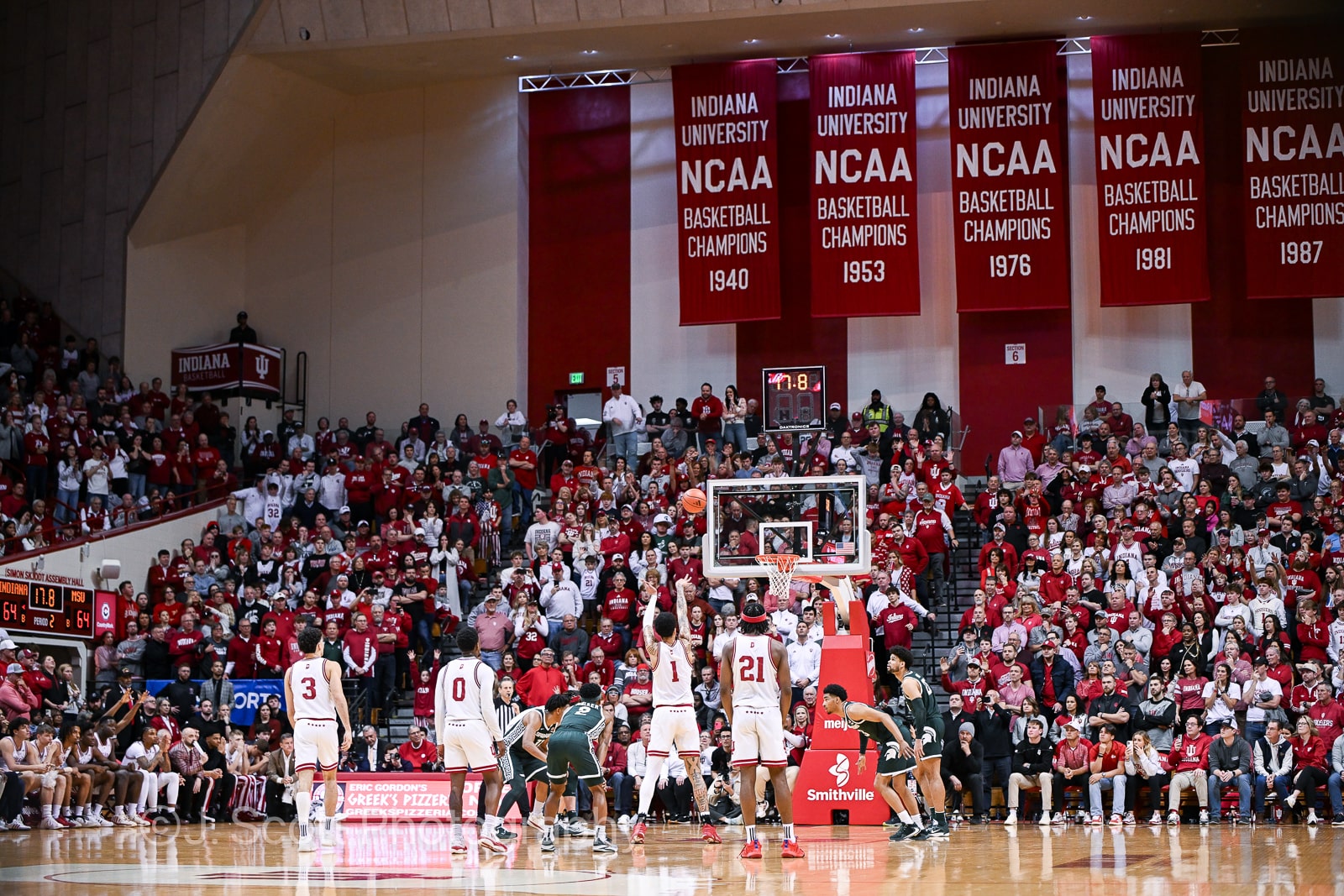
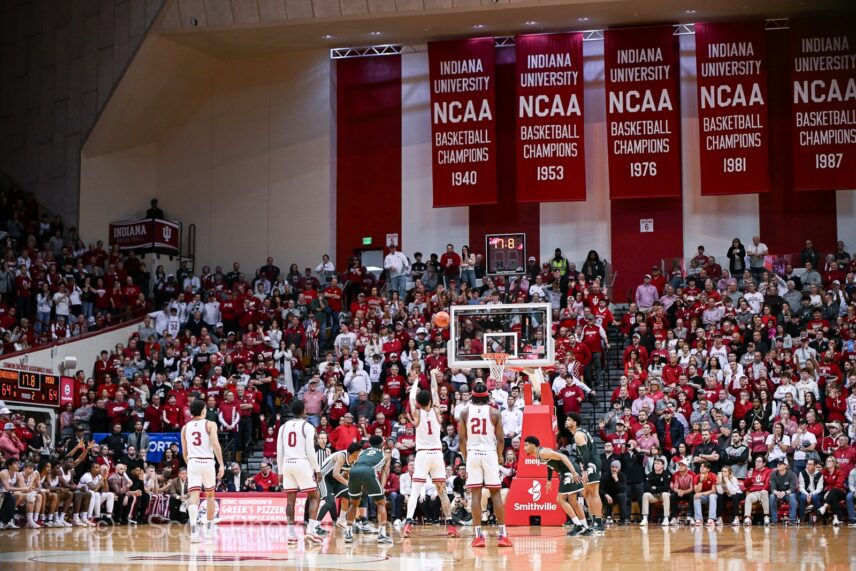
The 45-day window to enter the transfer portal is now over.
Indiana currently has four transfer portal commitments and two scholarships open on the 2024-25 roster.
Open scholarships as of May 2: 2
Signed with Indiana
Kanaan Carlyle, Stanford, 6-foot-3, guard
2023-24 stats: 11.5 points, 2.7 rebounds, 2.7 assists in 25.6 minutes per game. Shot 32 percent on 3s and 77.6 percent from the free throw line.
Years of eligibility remaining: 3
Hometown: Atlanta, Georgia
Scouting video: Link
Luke Goode, Illinois, 6-foot-7, forward
2023-24 stats: 5.7 points, 3.6 rebounds in 20.1 minutes per game. Shot 38.9 percent on 3s and 65.2 percent from the free throw line.
Years of eligibility remaining: 1
Hometown: Fort Wayne, Indiana
Scouting video: Link
Myles Rice, Washington State, 6-foot-3, guard
2023-24 stats: 14.8 points, 3.8 assists, 3.1 rebounds, 1.6 steals in 33.2 minutes per game. Shot 27.5 percent on 3s and 81.1 percent from the free throw line.
Years of eligibility remaining: 3
Hometown: Columbia, South Carolina
Scouting video: Link
Oumar Ballo, Arizona, 7-foot, center
2023-24 stats: 12.8 points, 10.1 rebounds and 1.3 blocks in 25.9 minutes per game. Shot 65.8 percent from the field and 49.5 percent from the free throw line.
Years of eligibility remaining: 1
Hometown: Koulikoro, Mali
Scouting video: Link
Indiana transfer portal prospects
Alex Hemenway, Clemson, 6-foot-4, guard
2023-24 stats: 5.2 points and 1.4 assists in 16 minutes per game. Shot 38.1 percent from the field and 42.1 percent on 3s.
Years of eligibility remaining: 1
Hometown: Newburgh, Indiana
Scouting video: Link
Langdon Hatton, Bellarmine, 6-foot-10, forward
2023-24 stats: 10.5 points, 7.1 rebounds and 1.3 assists in 27.8 minutes per game. Shot 48 percent from the field and 67.5 percent from the free throw line.
Years of eligibility remaining: 1
Hometown: Georgetown, Indiana
Scouting video: Link
Nikita Konstantynovskyi, Monmouth, 6-foot-10, forward
2023-24 stats: 9.3 points and 8.1 rebounds in 23.5 minutes per game. Shot 52.6 percent from the field and 65.2 percent from the free throw line.
Years of eligibility remaining: 1
Hometown: Kyiv, Ukraine
Scouting video: Link
Committed elsewhere/no longer in the mix: Michael Ajayi, Dishon Jackson, Marcus Foster, Ja’Kobi Gillespie, Jordan Sears, Skyy Clark, Zeke Mayo, Brandon Huntley-Hatfield, Frankie Fidler, Clark Slajchert, Marques Warrick, Dakota Leffew, Darlinstone Dubar, Deyton Albury, Davonte Davis, Gibson Jimerson, Keyshawn Hall, Malik Dia, Otega Oweh, Tre Dinkins, Tony Perkins, Aaron Bradshaw, Connor Hickman, Amari Williams, Ryan Conwell, Cade Tyson, Adou Thiero, Jalen Blackmon, Javon Small, Pharrel Payne, Leland Walker, Elijah Malone, Ben Humrichous, Zach Anderson
Filed to: Transfer portal
Indiana
Colwell: Tuesday’s primary could draw national attention, but nothing like 2016.

Indiana’s presidential primary could draw some national attention, even though the results Tuesday will mean nothing in terms of selecting the nominees.
There certainly won’t be national news of the magnitude of eight years ago, when Donald Trump ended the last chance of the “Stop Trump” movement, solidly defeating Ted Cruz and winning all 57 delegates at stake in the state’s Republican primary.
Now, there will only be a look at percentages in the Republican primary and analysis of what, if anything, it means for November if Nikki Haley gets a significant protest vote.
While both Trump and President Joe Biden long ago won more than enough delegates for nomination, their names will be on the Indiana ballot Tuesday — Biden unopposed in the Democratic primary; Trump listed along with Haley, who quit campaigning two months ago, on the Republican side.
Haley qualified for the Indiana ballot before she was clobbered by Trump in the March 5 Super Tuesday primaries and suspended her campaign.
More Colwell: The choice is clear, even if it’s not an ideal one.
Since Haley is out of the running, votes for her in Republican primaries are seen now as indication of unhappiness with Trump and a sign of possible defections from him in the fall.
The recent Pennsylvania Republican primary results were regarded as troubling news for Trump, with 155,000 voters —16.5% of the GOP turnout — declining to vote for their presumptive nominee and instead picking Haley.
It seems unlikely that Haley will get a percentage that high in Indiana, where Trump has been so popular with Hoosier Republicans in his two presidential races.
Even if she did, it wouldn’t mean as much as that showing in Pennsylvania, a key state in determining the winner in the Electoral College. Republican defections there could be decisive. Indiana, however, is listed in all projections as in the Trump column for sure in the fall.
Signs of defections here would be viewed not in terms of suggesting some monumental upset in the fall in Indiana, but as an indication that Trump’s base might not be as solid nationally if slipping even in Indiana.
What if Haley’s total isn’t in double digits or barely gets there? That would bring analysis that Trump’s base remains solid.
Column: A Biden-Trump rematch in 2024? Say it isn’t so
No matter what happens in Indiana on Tuesday, any news nationally will be small potatoes, really just potato peels, in comparison with that 2016 presidential primary.
Indiana Republican primary voters cinched it — Trump would be the nominee. Cruz was in a “must win” situation to keep Trump from a first-ballot win at the Republican National Convention and keep alive the diminishing hopes of “Stop Trump” success in a brokered convention going into multiple ballots.
Cruz pulled out all the stops, even making a deal in which another contender, John Kasich, would stop campaigning in Indiana and let Cruz go more one-on-one against Trump. Cruz also got an endorsement from then-Gov. Mike Pence.
Polls showed Trump ahead, but not by a lot. Trump was not that confident of victory, complaining that the Indiana election system was “rigged” because he couldn’t control his Hoosier delegates on a second convention ballot.
Results: Cruz, needing a big win to stay viable, didn’t win a single delegate. Trump won so big all around the state that he claimed all 57 delegates. Cruz gave up. There was no way left to stop Trump. The nomination was decided.
And Pence, whose endorsement of Cruz had been tepid and not harmful to Trump, wound up running for vice president on the ticket to appeal to evangelical voters.
In 2020, the traditional May primary was delayed until June 2 by the pandemic. Trump, then president, faced only token opposition from Bill Weld, a former Massachusetts governor. Trump got 91.9% of the Republican vote. If he comes close to a percentage like that on Tuesday, Trump will be buoyed, not troubled by the results.
Jack Colwell is a columnist for The Tribune. Write to him in care of The Tribune or by email at jcolwell@comcast.net.
Indiana
Indiana Michigan Power need help naming falcon chicks on tallest building in Fort Wayne

FORT WAYNE, Ind. – The tallest building in Fort Wayne is now home to four peregrine falcon chicks, and Indiana Michigan Power needs your help naming them.
Falcon Moxie and her mate Jamie welcomed four chicks this spring, laying her first egg on March 11.
I and M officials say the Teens for Nature Program at Fort Wayne Children’s Zoo compiled a list of names.
- Tom
- Cindy
- Erie
- Linden
- April
- River
- Shelley
- Aster
- Peony
- Bradley
- Vera
- Wane
- Mary
- Anthony
- Henry
- Daisy
- Johnny
- Apple
- Hoosier
- Storm
Tom and Cindy are currently at the top, memorializing the late Fort Wayne mayor and his wife.
Voting is open now through May 15.
The official names will be announced then on May 17.
You can cast your vote here.
-

 News1 week ago
News1 week agoLarry Webb’s deathbed confession solves 2000 cold case murder of Susan and Natasha Carter, 10, whose remains were found hours after he died
-

 Education1 week ago
Education1 week agoVideo: Dozens of Yale Students Arrested as Campus Protests Spread
-

 World1 week ago
World1 week agoHaiti Prime Minister Ariel Henry resigns, transitional council takes power
-

 News1 week ago
News1 week agoFirst cargo ship passes through new channel since Baltimore bridge collapse
-

 World1 week ago
World1 week agoUS secretly sent long-range ATACMS weapons to Ukraine
-

 World1 week ago
World1 week agoSpanish PM Pedro Sanchez suspends public duties to 'reflect'
-

 News1 week ago
News1 week agoAmerican Airlines passenger alleges discrimination over use of first-class restroom
-

 World1 week ago
World1 week agoAsia bears biggest climate-change brunt amid extreme weather: WMO


